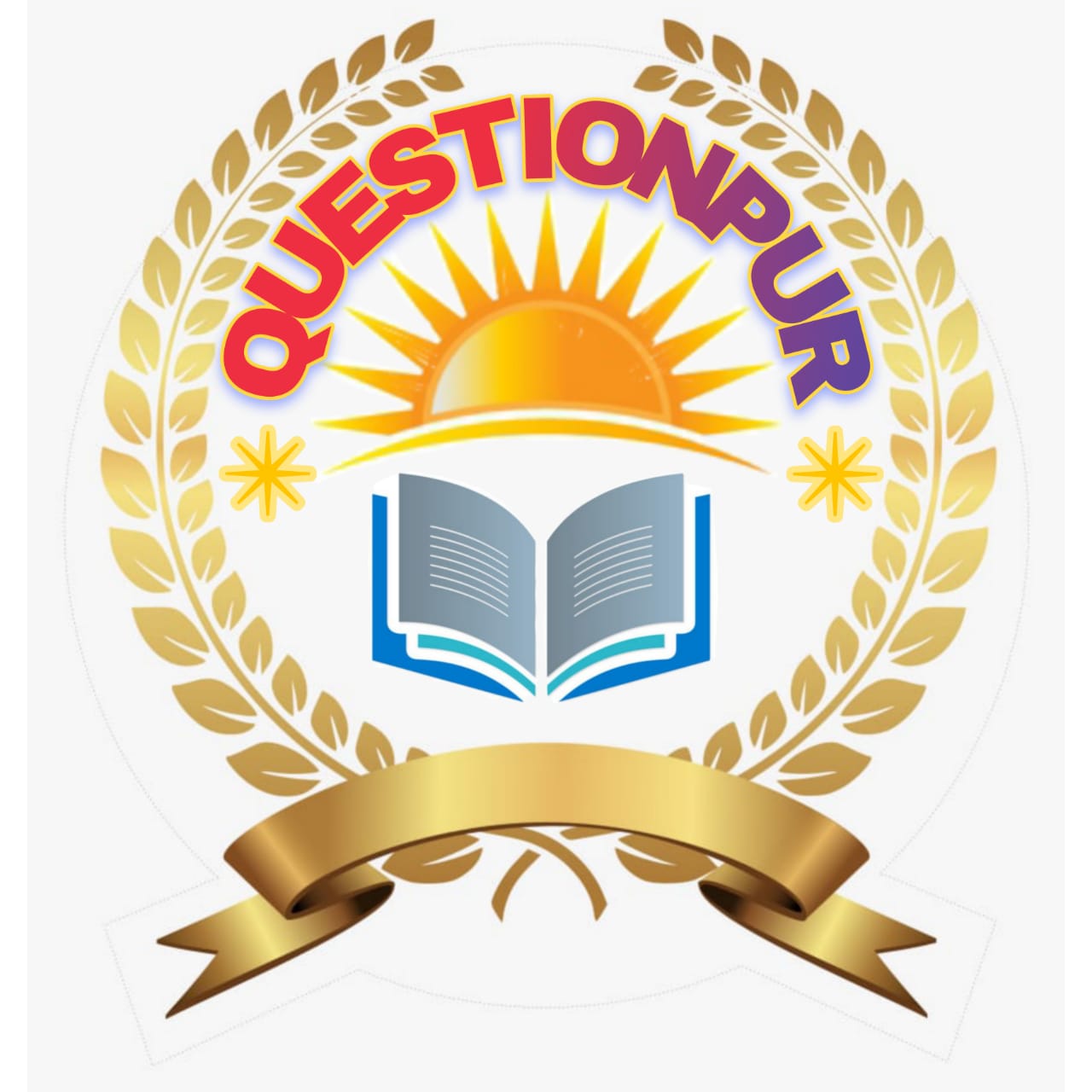What is the objective type test? Explain the difference between objective type and essay type test
Objective or New Types of Tests
These types of tests and examinations have objective and short answers to questions. They are called new because they remove some of the demerits of the essay-type tests and examinations.
In the words of Bhandari Wrinkled and Ram: Learning English means acquiring four, specific language skills, the skill of speaking English, the skill of reading English, and the skill of writing English. An examination in English should, therefore, test mastery of these four fundamental skills.
These tests are based on a large number of questions requiring short answers. "There are different kinds of attainment. Thus there might be vocabulary tests, spelling tests, comprehension tests, grammar tests and tests in pronunciation.
The examiners are not expected to give long answers. The answers are often single-worded. More often the examinations are required only to put some mark at a right alternative out of the several given in the test. Never are the answer expected in a sentence of any length."
Objective-type tests or New-type tests and examinations are of two types:
(1) Oral tests and examinations,
(2) Written tests and examinations.
(1) Oral tests and examinations
These are intended to test (i) reading,(ii) expression, (iii) comprehension. Some of the various devices used to test there are as follows-
(i) Reading:
The teacher asks, students to read a passage one by one. He himself notes their pronunciation, speed and intonation.
(ii) Expression:
Agard and Danket have pointed out three levels of expression in speech. They are as under-
(a) Ability to report a single, simple act or. situation in precise words.
(b) Ability to express a sequence of ideas fluently and
(c) Ability to converse.
To set expressions, the teacher uses the following methods:
(a) The teacher performs some actions. Pupils observe him performing those actions and then describe them. For example, The teacher opens the door and asks pupils to describe this action in English.
(b) The teacher asks some general questions e.g.,
(1) What is your name?
(2) What are you doing?
(4) Where do you live?
(3) Who is your father?
(c) The teacher gives a topic and asks students to speak a few sentences on that,
(iii) Comprehension Test:
To test comprehension the following methods are given:
(a) Reading Comprehension:
The teacher asks pupils to read a passage of prose and then asks some questions about that passage.
(b) Auditory Comprehension:
The teacher reads a passage and asks questions about that.
(c) Story Comprehension:
The teacher relates a story to the pupils and then asks some questions on that story.
(d) Picture Comprehension:
The teacher shows a picture to the students and then asks many questions based on the picture.
Difference between Objective Type Test and Essay Type Test or Examination
Objective Type Test
1. Purpose
Measuring Achievement prognosis, diagnosis, research, Counselling and guidance.
2. Reliability
They are highly reliable and various methods are used for estimating the reliability index.
3. Objectivity
They are objective in scoring the answers of the students. Personal factors do not influence the scoring procedure.
4. Hand- Writing
Language and handwriting do not have influence on scores. The expression and language can not measured.
5. Learning
The objective type tests are useful for measuring cognitive lower objectives. They can not be used effectively for affective and psycho-motor learning objectives.
6. Content
It has high content coverage because a large number of items are included in this test.
7. Number of Questions
It has usually a large number of items in one test ranging from 50 to 100 or more.
8. Construction
The construction is difficult, time-consuming, costly and needs knowledge and training.
9. Scoring
The scoring is simple and easy. The answer key is used. The mastery of the subject for the evaluator is not essential.
10. Fatigue
The student feels fatigued. because in a short period, a large number of questions are to be answered. One hundred items are to be answered in an hour approximately.
11. Validity
They are valid and the validity coefficient is estimated by employing various methods.
12. Norms
The object-type tests are standardized by developing norms.
13. Preparation of students.
In this type of test, students have to study thoroughly the minute concepts are prepared.
Essay Type Test
1. Purpose
Measuring prognosis, Achievement classification and promotion.
2. Reliability.
They are less reliable and also difficult to estimate the reliability index.
3. Objectivity
They are subjective. The scoring procedure is highly influenced by the personnel factors, of the evaluator.
4. Hand- Writing
Handwriting and language have a great influence on scores. The expression, organization of content and language can be measured.
5. Learning
The essay-type tests are applicable for measuring cognitive and affective higher learning objectives.
6. Content
It has poor content coverage when the sampling is done. The five questions cannot cover the whole content.
7. Number of Questions
It has usually eight or ten questions but five questions are usually attempted In three hours of duration.
8. Construction
The construction is easy and economical and needs no training.
9. Scoring
The scoring is difficult. The evaluator should have the mastery over the subject matter.
10. Fatigue
The student relatively feels less fatigue, because five questions are to be answered within three hours.
11. Validity
They are not valid and the validity co-efficient is difficult to obtain.
12. Norms
The essay-type tests can not be standardized and it is difficult to develop norms.
13. Preparation of students.
In this type of test, students have to prepare broad and important concepts. Sample papers are used.
Read More-





